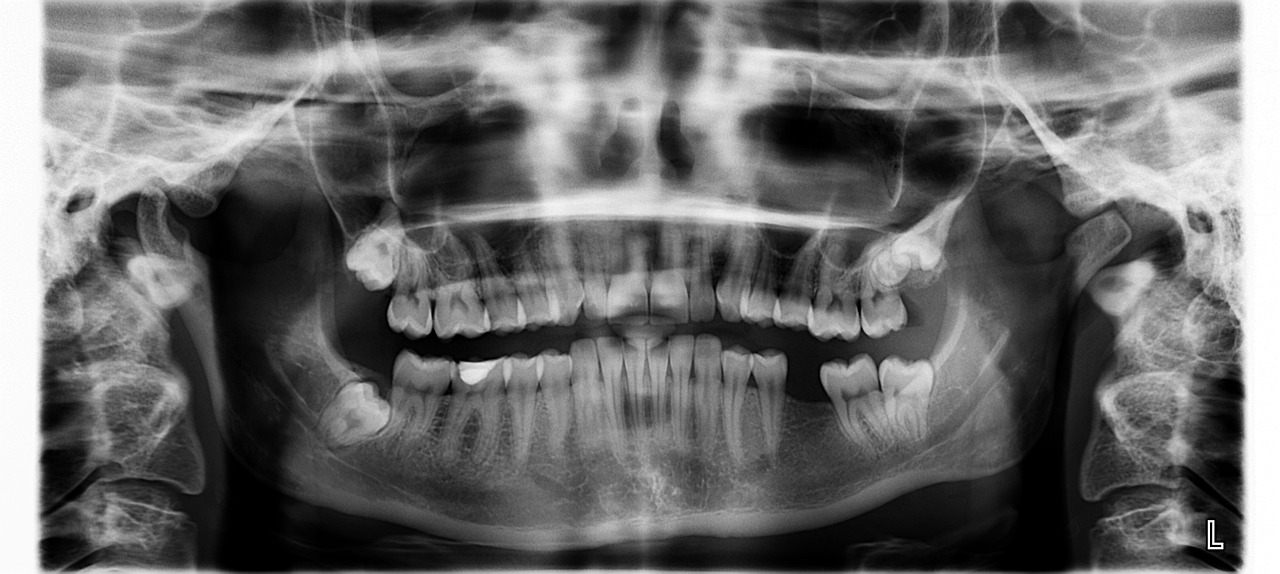
Missing teeth can have a profound impact on more than just your appearance. The effects of tooth loss extend into various aspects of health, function, and confidence. Fortunately, modern dentistry offers several solutions to address this issue.
The Consequences of Missing Teeth
1. Impact on Oral Health
One of the most immediate consequences of missing teeth is the effect on oral health. When a tooth is lost, the surrounding teeth may shift out of place, leading to misalignment and bite problems. This can create gaps where food particles can become trapped, increasing the risk of gum disease and tooth decay. Additionally, the loss of a tooth’s root structure can result in the gradual loss of bone density in the jaw, which can further exacerbate oral health issues.
2. Difficulty in Eating and Speaking
Missing teeth can also make everyday activities like eating and speaking more challenging. Chewing becomes more difficult, which can limit your diet and impact your nutrition. Furthermore, missing teeth can affect your ability to pronounce certain sounds, leading to speech difficulties that can affect your confidence and social interactions.
3. Psychological Effects
The psychological impact of missing teeth is often profound. Many people feel self-conscious or embarrassed about their appearance, which can lead to reduced self-esteem and social withdrawal. This emotional toll can affect personal and professional relationships, as well as overall quality of life.
4. Changes in Facial Structure
Tooth loss can also influence the structure of your face. The absence of teeth, particularly when multiple teeth are lost, can lead to a sunken appearance of the cheeks and a sagging of the lips. This is due to the loss of underlying bone structure that supports facial muscles, which can make a person look older than they are.
Solutions for Missing Teeth
Addressing the problem of missing teeth is crucial for maintaining oral health and overall well-being. Several solutions are available, each with its own set of benefits and considerations.
1. Dentures
Dentures are a common solution for missing teeth. They come in two types: partial dentures for replacing a few teeth and full dentures for replacing an entire arch. While dentures can restore function and appearance, they may not provide the same level of stability as natural teeth or dental implants. Dentures can sometimes shift or cause discomfort, and they require regular adjustments and maintenance.
2. Dental Bridges
A dental bridge involves placing a prosthetic tooth (or teeth) between two natural teeth. The adjacent teeth are typically crowned to support the bridge. This method can effectively restore the appearance and function of missing teeth but may require alteration of the adjacent teeth. Additionally, bridges do not address the issue of bone loss in the jaw.
3. Dental Implants
Dental implants have become the gold standard for replacing missing teeth due to their durability and natural appearance. An implant consists of a titanium post that is surgically placed into the jawbone, serving as a replacement root. A crown is then attached to the post, mimicking the look and function of a natural tooth.
Benefits of Dental Implants
- Durability and Strength: Dental implants in Bromley are highly durable and can last for many years with proper care. The titanium post integrates with the jawbone, creating a strong and stable foundation for the artificial tooth.
- Natural Appearance: Implants are designed to look and feel like natural teeth. They blend seamlessly with existing teeth, providing a natural-looking smile.
- Bone Preservation: Unlike other solutions, implants help preserve bone density in the jaw. The implant stimulates the bone, preventing the bone loss that often occurs with missing teeth.
- Improved Functionality: Implants restore full chewing and speaking capabilities. They provide a stable and reliable solution that doesn’t shift or move like dentures.
- Minimal Maintenance: Dental implants require the same care as natural teeth—regular brushing, flossing, and dental check-ups. They do not need special adhesives or adjustments.
The Procedure for Dental Implants
The process of getting dental implants involves several stages. First, a thorough evaluation is conducted to determine if the patient has sufficient bone density to support the implant. The implant is then surgically placed into the jawbone. After a period of healing, during which the implant fuses with the bone (a process known as osseointegration), a crown is placed on top. The entire process can take several months but results in a long-lasting and effective solution.
Key Takeaways
The consequences of missing teeth encompass various aspects of health, function, and emotional well-being. While solutions such as dentures and bridges are effective in many cases, dental implants offer a durable and natural-looking alternative. Each option comes with its own advantages and considerations, making it important for individuals to consult with a dental professional to determine the best approach based on their specific needs and oral health conditions.
